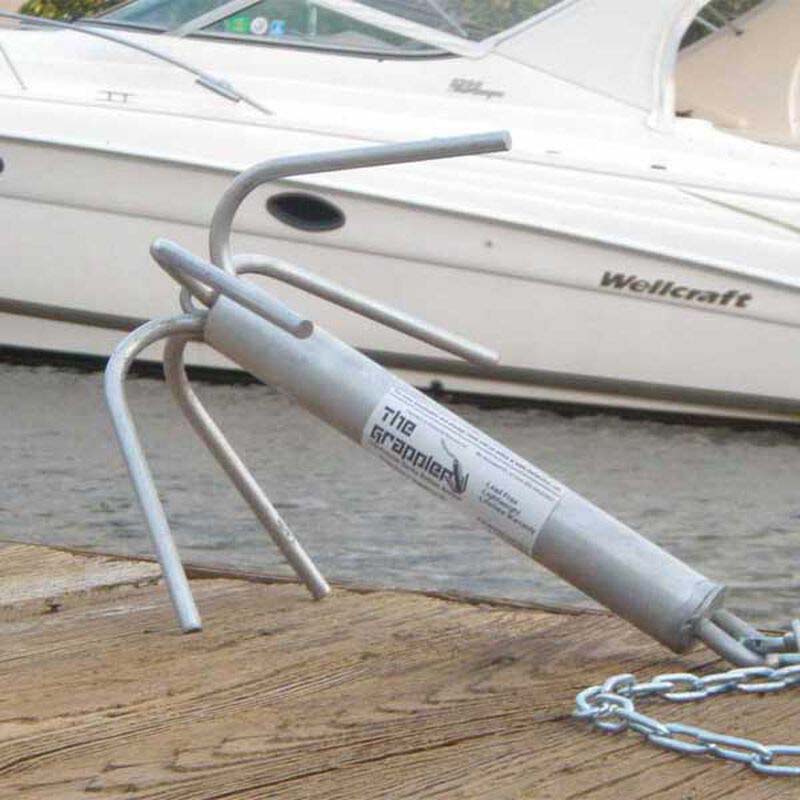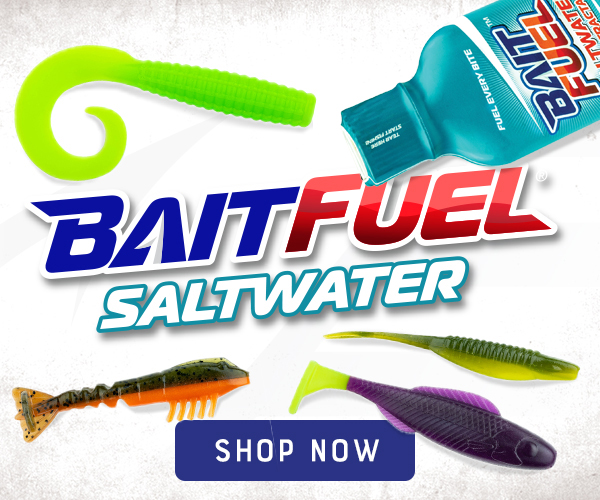
Commonly asked questions and answers regarding blackfishing.
Going blackfishing might seem straightforward to some, but for someone trying to catch them for the first time, there are plenty of questions that would require further explanation to truly understand how to successfully target blackfish. A lot of different nuances exist when targeting these fish. Even the name itself. Some call them tog, short for tautog while others refer to them as blackfish—they’re the same thing!
Here are some commonly asked questions that I’ve gotten from beginning blackfish anglers with some further explanations.
Q: When should I use green crabs vs. white vs. Asian crabs?
While this may boil down to angler preference, usually the cheapest and most readily available type of crab for the tog angler to get ahold of is green. From a personal perspective, I actually have a lot of success using green crabs most of the time. Most tackle shops do not carry Asian crabs; they’re a bait you need to spend an hour or so down at the water flipping rocks to find. But when you do, they also make an exceptional tog bait when fished whole. White crabs on the other hand see some play from most avid toggers late in the season when the water temperatures cool off.
Q: What is a Snafu Rig?
While the word snafu typically means a state of chaos or confusion; it’s also a common rig name for togging. Maybe you could use it by saying “this blackfish bite is Snafu!” once they really start chewing. The rig itself is a double-hook rig that can be tied in a few different variations but all serve the same purpose—to catch large tog. Usually fished with a whole crab, both hooks on the rig are impaled on both sides of the crab making for better hook coverage on the bait.

Q: Where do blackfish live?
To really understand tog fishing, you have to understand where they would live. The correct answer is potentially anywhere with an ample food source. This includes underwater rock piles, along jetties, wrecks, artificial reefs, bridge abutments, docks and even sod banks. I’ve learned from my togging experiences they are sometimes where you normally would not think to catch them.
Q: When do I set the hook on a blackfish?
The way a blackfish eats a bait is an interesting thing. Someone who is used to setting the hook at soon as they feel a bite should forget that habit when going togging. Most of the time a blackfish will investigate a bait with some smaller nibbles first before fully committing to it. It might be two or three or even four of these small investigative bites before you feel that one hard bite that you should set the hook on. Truly learning this is based off just doing it. In time you will know when and when not to set the hook. Also keep in mind when the bite gets really hot the first hit could be the one to set the hook on too!
Q: How do I cut up a crab for blackfish?
I have a few different approaches to cutting up a crab properly for blackfishing. Of course, the first step is having a good set of shears or scissors that will have no problem cutting through hard shell. The different ways I cut up a crab are the following: cut a medium sized crab’s legs off and then halve it; cut just the claws off, leave the legs and halve the crab; use a small crab whole with just the claws taken off; fish a small crab whole and crack the shell to let the juices flow out; cut all the legs off a large crab and quarter the shell; fish a medium crab whole with the claws off (Snafu Rig candidate).

Q: How big of a hook should I use for blackfishing?
Hook size is again user preference but I typically stick with a 4/0 or 5/0 Octopus style hook when targeting blackfish. Sometimes the size of the hooks is dictated by the size of the crabs you buy. Of course, for larger crabs a larger hooks is necessary and for the smaller ones a small hook does the trick. In a few situations I found myself using larger 6/0 live bait hooks. While typically run a little smaller in comparison to standard Octopus hooks, these live bait hooks get tied into my rigs when I’m targeting large tog only.
Q: How do I anchor for blackfish?
Anchoring for blackfish is an art form in itself. Being right on top of a piece of blackfish structure can sometimes make or break a trip. Most avid toggers carry reef anchors on their boat which are made of welded together and bent rebar to form a grappling hook. A ring is welded into both sides of the anchor and the main chain and line are connected to the bottom hook eye. Run the links of the chain along the rebar to the top hook eye and zip tie the chain link to the eye. This setup helps with recovery if the anchor becomes stuck. When it works right the zip ties should break when pulled on and you can recover the anchor backwards from the obstruction. In some cases two anchors are used to hold a boat centered over a piece of structure so wind and tide does not sway it off. If you are familiar with Minn Kota’s Spot Lock technology, holding yourself over a piece of blackfish structure is as easy as pushing a button. The main thing to remember regardless of anchoring method is to be right over the piece you wish to fish.
Q: What is the best tide for blackfish?
Certain locations fish certain tides better so the answer may vary based upon where you are fishing for blackfish. As a general rule of thumb I do like to focus on the last hour of the flood, slack and beginning of the ebb tide for tog fishing. Tog will still bite when the tide really starts to move but I’m a believer in using the lightest sinkers I can and this period of time is always best to do that during. Also I found that some of the bigger fish come during the slower moving parts of the tide.

Q: Do blackfish feed at night?
Blackfish are daytime feeders and have actually been known to ‘sleep’ at night based off observations by divers. While this fact is commonly known among avid toggers, there have been some cases where tog were caught in bridge lights after dark. Based off my personal experiences I usually have great fishing right until the sun sets behind the horizon and then the fishing turns off like a light switch.
Q: What is this tog jig thing I hear about?
So simple, yet so much fun. The tog jig is a newer creation to make togging more of a sporty, light tackle game. A tog jig is not actually jigged like a fluke or striper jig but more of a weighted hook that is baited and fished still along the bottom. They come in an array of color schemes that I actually believe attract tog when they are falling down in the water column. My general rule for fishing a jig is like much of my other fishing philosophy. Go as light as possible and still be able to keep contact with the bottom. Color choice is user preference but I never could go wrong with greens or oranges.
While these are some commonly asked questions I’ve received via email, social media, text and phone call, I’m sure you might still have questions of your own. If you do, we want to hear them! Email your tog fishing questions to [email protected] and I’ll share more of my personal answers with you on the topic. Happy togging!




